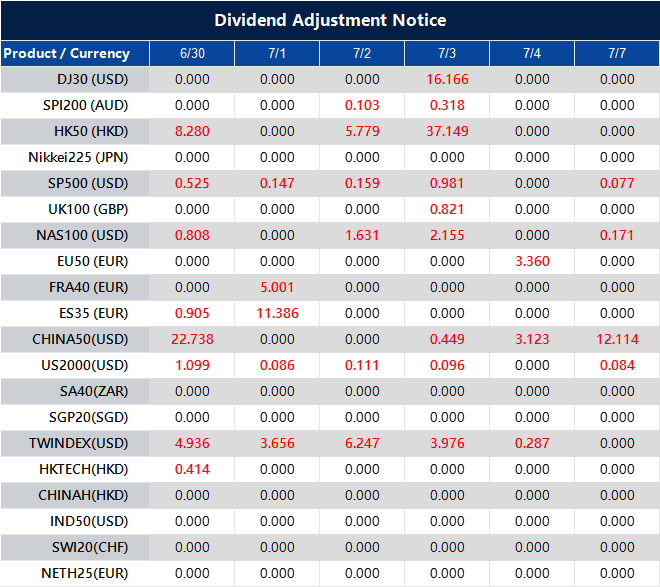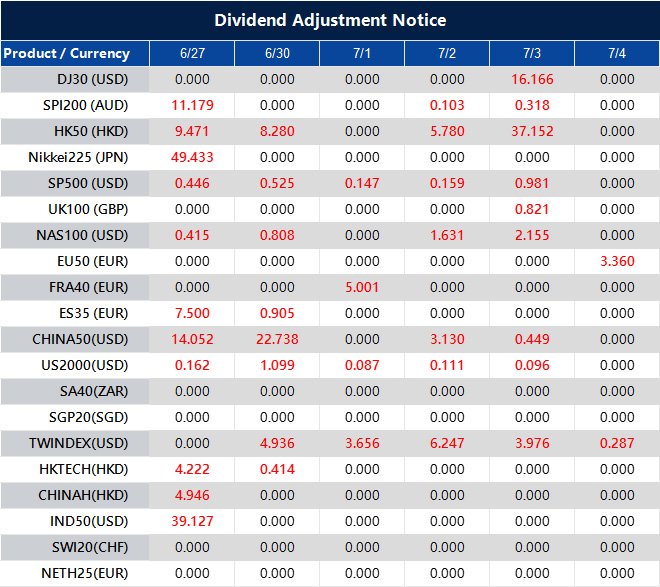The US Dollar continued to fall due to weaker housing data and news that Trump might nominate someone early for the Federal Reserve Chair position in September or October. The Dollar Index (DXY) was last seen at 97.20.
Normally, the Federal Reserve Chair is nominated three to four months before their term starts, and Jerome Powell’s term ends in May 2026. An early announcement could help the new chair influence market expectations about interest rates.
Geopolitical Easing and Currency Movements
The Euro strengthened as Germany increased its spending on defense and infrastructure. At the same time, a trend of selling USD, a stronger Chinese Yuan, and easing geopolitical tensions brought gains for the Taiwan Dollar, Thai Baht, and South Korean Won.
The daily momentum for the US Dollar shifted slightly negative, with the Relative Strength Index (RSI) declining. If the index closes below the previous lows of 97.50/60, it could find support around 97, while resistance remains at 98.60 and 99.30.
The Euro/US Dollar pair stabilized near 1.1700, while GBP/USD stayed above 1.3700. Gold prices maintained a positive outlook in the wake of a weaker USD, but without strong bullish momentum. Bitcoin Cash approached the $500 mark, boosted by recent price increases and on-chain data.
Given weaker-than-expected housing data and the potential early nomination of the Federal Reserve Chair, the dollar has continued to slide, with the Dollar Index (DXY) now at 97.20. This index shows the strength of the US Dollar against other currencies. This time, the news about a possible early nomination adds an unusual twist, likely changing market expectations much sooner than usual.
Usually, nominations happen shortly before the sitting chair’s term ends, but an early signal changes speculation about policy consistency, inflation control, and asset sales. We are not only looking at policy trends; we’re also considering market psychology and how expectations might shift ahead of schedule. Traders need to adjust their approach to pricing risks linked to Treasury yields and inflation.
With European fiscal policies becoming more expansive, especially Germany’s renewed focus on defense and infrastructure spending, the Euro is gaining support. Traders betting on EUR/USD are starting to see returns, as regional growth sentiment is less dependent on a cautious European Central Bank. Increased government spending is expected to boost the Euro without an immediate need for rate increases.
Asian Currency Dynamics and Market Momentum
In Asia, there is a general decrease in reliance on the US Dollar, not only due to news from the Fed but also because geopolitical tensions in the Taiwan Strait have lessened. This has positively impacted the Taiwanese Dollar, Thai Baht, and South Korean Won, which often reflect risk sentiment. The Chinese Yuan also showed resilience, thanks in part to state banks managing offshore liquidity more effectively than anticipated.
Dollar momentum indicators are not encouraging. The RSI’s decline matches the overall trend but is not overly aggressive. If the index dips below 97.50, the next support level would be around 97. A significant drop below that could lead to a shift in USD positioning, especially among leveraged traders holding DXY futures. Resistance levels stay clear at 98.60 and 99.30, keeping the options-selling strategies within a narrow risk range.
The Euro-Dollar pair is stable near 1.1700 without much demand for significant intraday increases. GBP/USD remains above 1.3700, with discretionary flows still favoring sterling as UK political challenges appear to have eased for now. A lack of hawkish surprises from the Bank of England may lead traders to broaden their expectations, particularly in calendar spread strategies.
Gold prices have maintained a slight upward trend this week, but inflows into bullion ETFs indicate a lack of strong conviction. Although the dollar is weakening, we haven’t seen powerful breakout signals, making gold a less appealing short-term buy unless linked to broad risk-off strategies, which haven’t gained much momentum.
Bitcoin Cash has moved closer to $500, with recent on-chain data showing an uptick in wallet activity and transaction volume, which aligns with speculative interest. This doesn’t eliminate medium-term risks related to cryptocurrencies but may create opportunities for intraday price movements, inviting some volatility traders.
In the upcoming days, as the focus shifts between US political developments and differing paths of central banks, it’s essential to keep an eye on both headline data and narrative changes. Unexpected announcements or shifts in communication could result in abrupt changes in implied volatilities. This is crucial for trading strategies in FX options or short-term futures. Slower momentum in dollar trends might encourage contrarian setups, though volume and conviction are still lacking.
Create your live VT Markets account and start trading now.
here to set up a live account on VT Markets now






